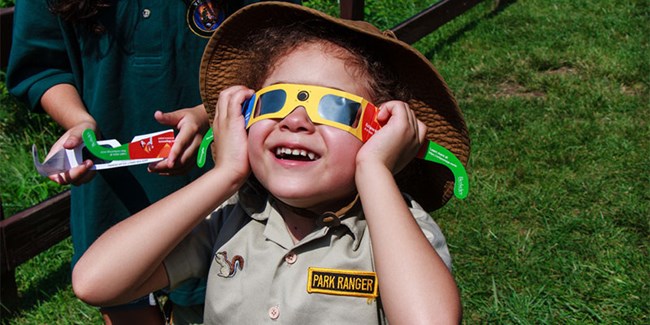
Photo by George Garbeck, Graphics Coordinator Department of Communications, Paterson Public Schools
Two spectacular solar eclipse events will be visible from parks across the continental United States in 2023 and 2024.
On October 14, 2023, an annular solar eclipse crossed the sky from Oregon to Texas. On April 8, 2024, a total solar eclipse will be visible as it crosses from Texas to Maine. The map below shows the path of both eclipses. Many national parks will offer an amazing setting for watching these eclipses, find opportunities in the event calendar on this page.
The only safe way to look directly at the uneclipsed or partially eclipsed sun is through special-purpose solar filters. Use “eclipse glasses” or handheld solar viewers to look at the eclipse. Learn how to view a solar eclipse safely.
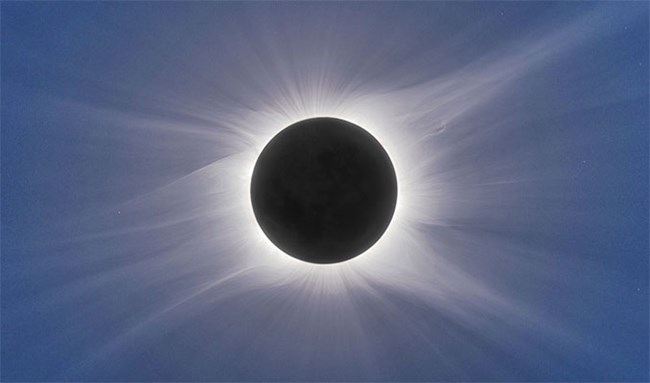
Photo courtesy of Dennis Di Cicco
Upcoming Solar Eclipse: April 8, 2024
On April 8, 2024, a total solar eclipse will be visible from Texas to Maine. The path of totality will cross over 27 park units as it makes its way across Texas, Arkansas, Missouri, Kentucky, Illinois, Indiana, Ohio, Pennsylvania, New York, Vermont, New Hampshire, and Maine.
What is a total eclipse?
A total eclipse is lineup of the sun, the moon, and Earth. The moon will be directly between the sun and the Earth, casting a shadow on the Earth. Totality (total eclipse) occurs when the moon covers the entirety of the sun except for the corona, or sun’s atmosphere. The longest total eclipse time occurs at the center line, where you experience the moon’s shadow’s full width. Outside the cone or umbra, viewers will experience a partial eclipse.
The next opportunities to experience a total solar eclipse over the United States will be in 2044 (in North Dakota and Montana) and 2045 (as it crosses from California to Florida).
Except for the brief period of total eclipse, the only safe way to look directly at the uneclipsed or partially eclipsed sun is through special purpose solar filters.
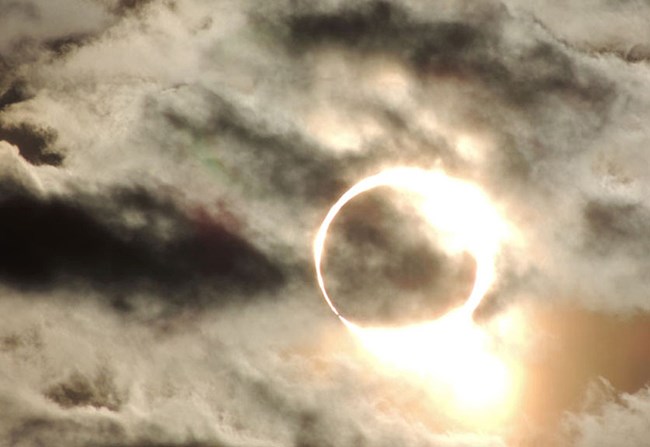
NPS Photo
What is an annular eclipse?
Annular solar eclipses happen annually, right? Short answer: No. Annular solar eclipses actually get their name from a ring of bright sunlight, or annulus. This “Ring of Fire” is visible around the moon during the maximum phase of this type of eclipse. The difference between an annular eclipse and a total eclipse has to do with the distance between Earth and the moon at the moment they align perfectly with the sun. During an annular eclipse, the moon is too far from the Earth to completely obscure the sun.
On October 14, 2023, an annular solar eclipse was visible as it crossed the sky from Oregon to Texas. The eclipse passed 29 national park units as it makes its way across Oregon, California, Nevada, Utah, New Mexico, Arizona, Colorado, and Texas.
The next annular eclipse will be October 2041. It is never safe to look at the sun during an annular eclipse without special purpose solar filters.
Viewing an Eclipse
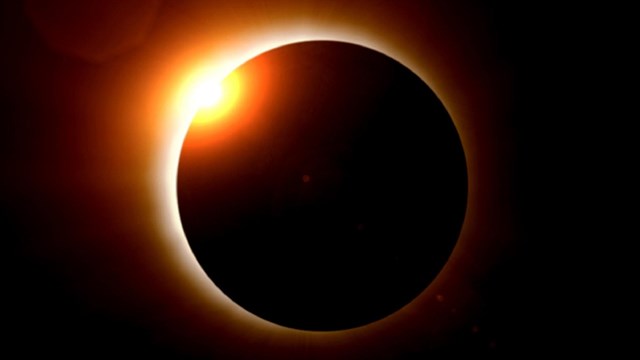
Planning to catch the eclipse? Learn more about the different types of eclipses and how to view them safely.
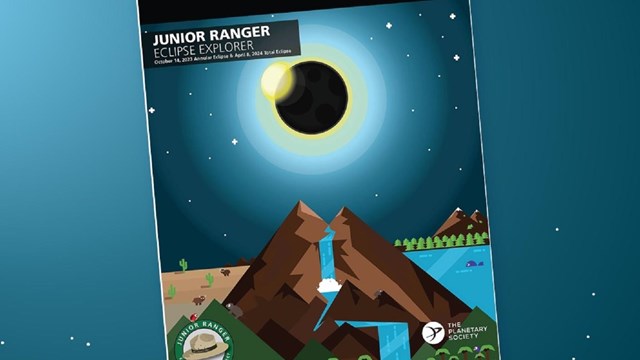
The Eclipse Explorer Junior Ranger program helps kids and families experience the 2023 and 2024 solar eclipses.
Eclipse Events
Last updated: February 7, 2024
